Over the years I have created some FritzenLab boards, either to test a concept or to participate in competitions. You can buy FritzenLab products. There were also boards designed to make life easier for technology developers.
On this page I concentrated the boards created, linking each one to its official page. If you are interested in purchasing any of these plates, comment below or get in touch on my LinkedIn.
I may not have the plates ready for delivery, but I will place an order. And if you have the board and it is not assembled, I will assemble it for you. Do you want to have it produced yourself? I will provide you with the Gerbers, free of charge. To access each product page, CLICK ON THE LINK IN BOLD IN EACH TEXT BELOW.
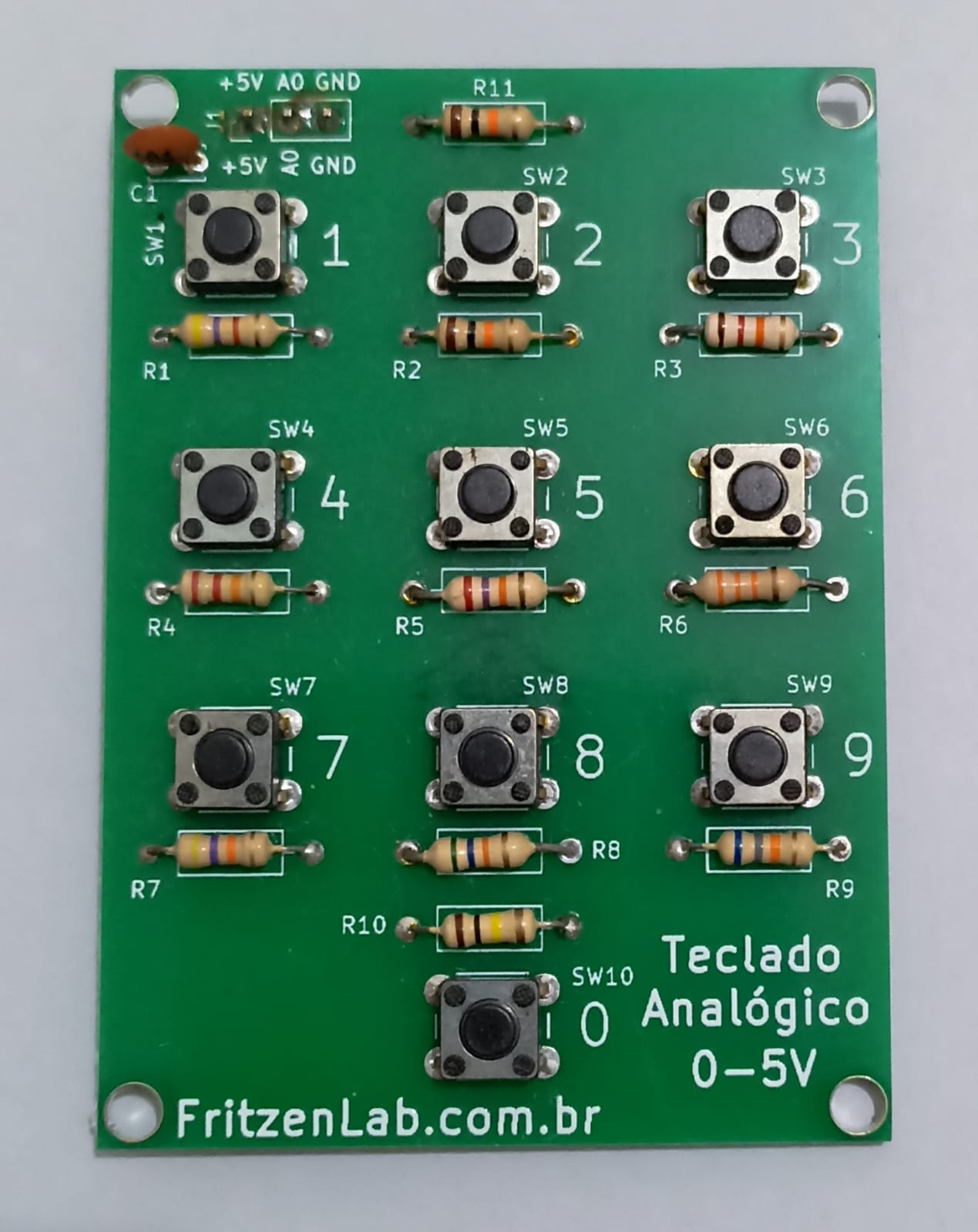 10 key keypad for use with a single analog input 10 key keypad for use with a single analog input | 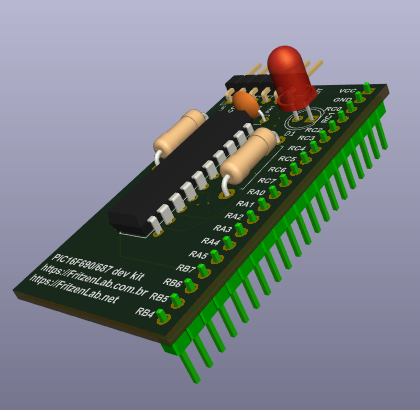 PIC16F690 development board to be connected to single breadboard row. PIC16F690 development board to be connected to single breadboard row. | 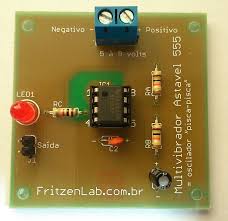 Astable 555 oscillator (LED blinker), configurable via a RC network. Astable 555 oscillator (LED blinker), configurable via a RC network. |
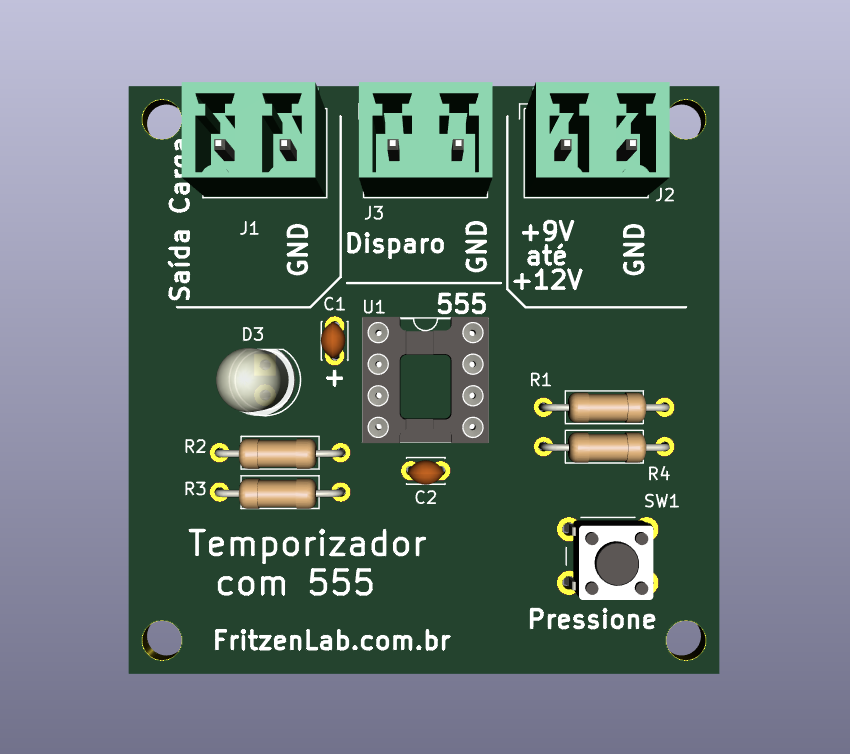 555 timer circuit, configurable via a RC network. 555 timer circuit, configurable via a RC network. | 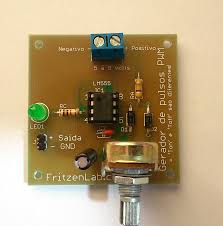 555 PWM generator (pulse width modulation), configurable via a RC network. 555 PWM generator (pulse width modulation), configurable via a RC network. | 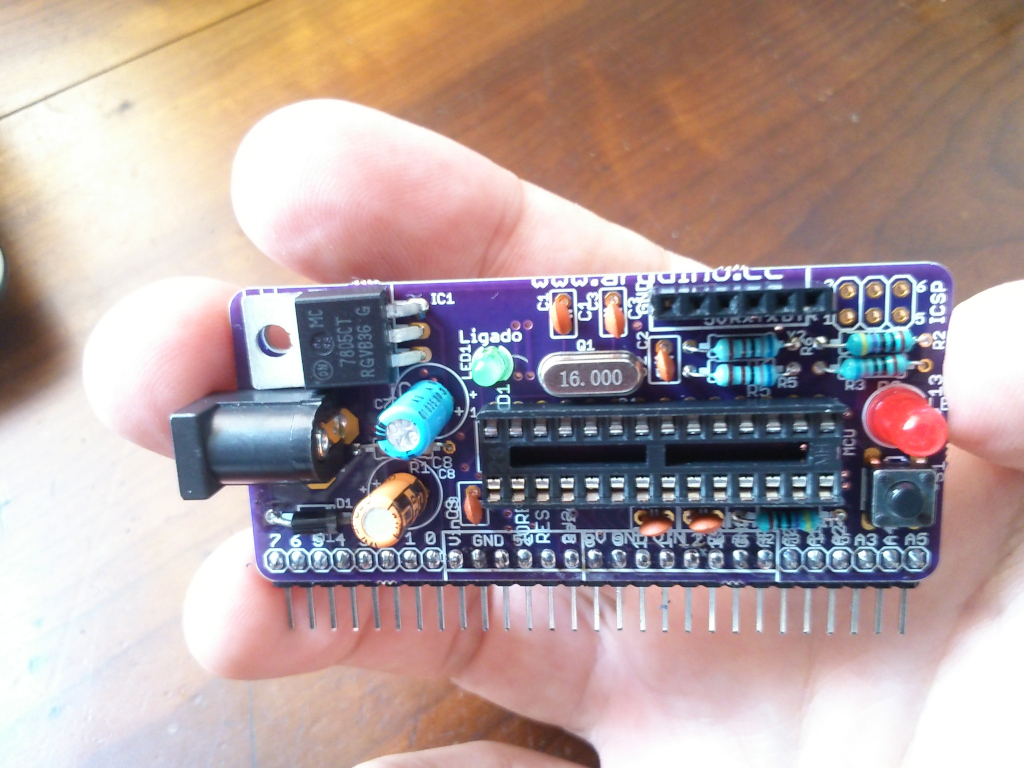 An Arduino-compatible board called Fritzen Proto, does no come with a USB-Serial converter (sold separately, necessary). An Arduino-compatible board called Fritzen Proto, does no come with a USB-Serial converter (sold separately, necessary). |
 ESP8266 ESP-12 development board, can be connected to a single breadboard row. ESP8266 ESP-12 development board, can be connected to a single breadboard row. | 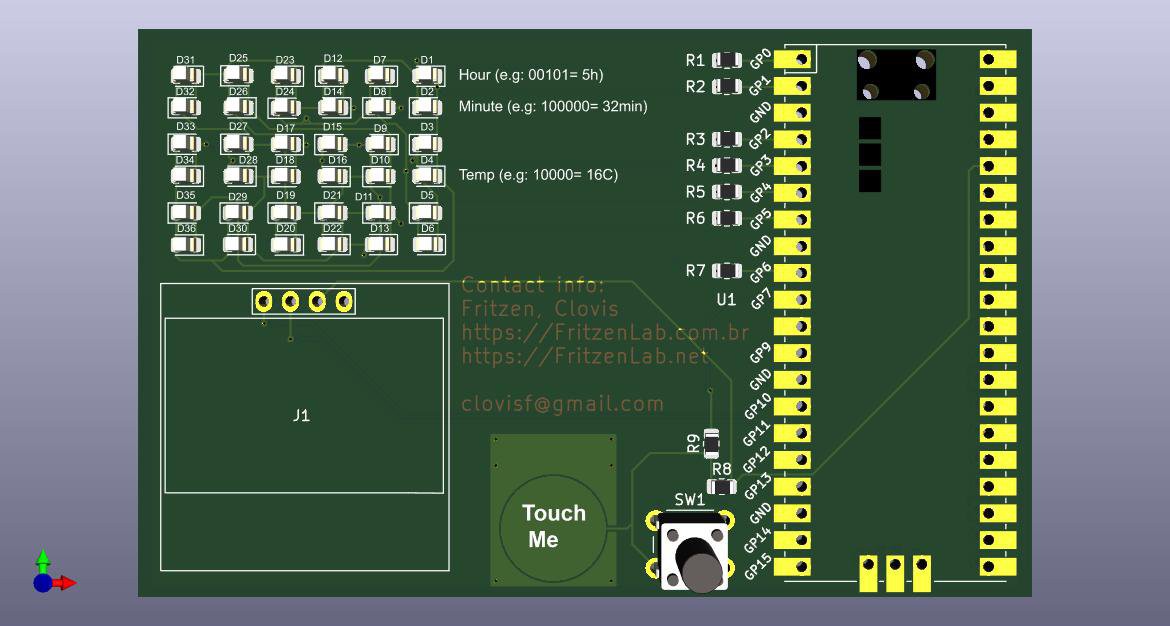 Raspberry Pi Pico business card featuring a 0.96″ OLED and 36 charlieplexed LEDs Raspberry Pi Pico business card featuring a 0.96″ OLED and 36 charlieplexed LEDs | 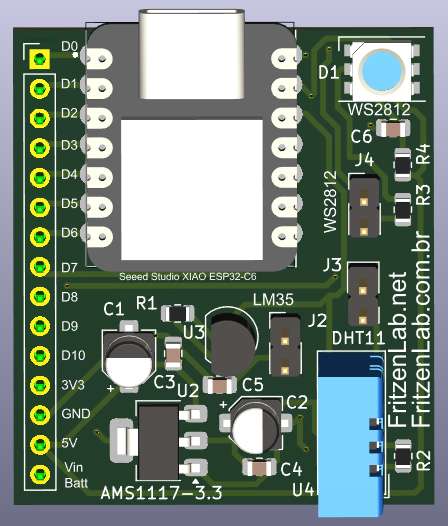 WiFi ESP32-C6 development board featuring a LM35, DHT11, WS2812 and can be connected to a sigle breadboard row. WiFi ESP32-C6 development board featuring a LM35, DHT11, WS2812 and can be connected to a sigle breadboard row. |
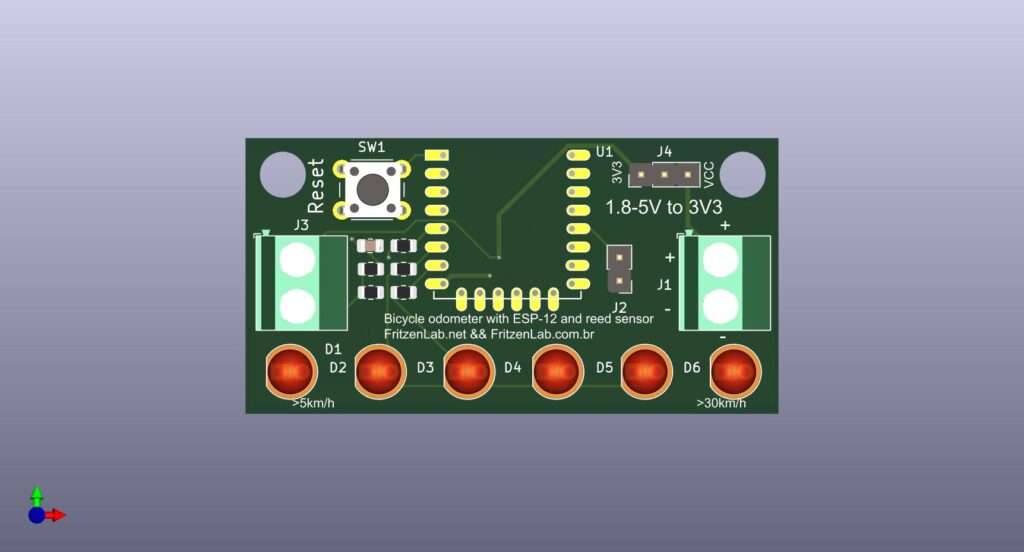 A bicycle odometer using a ESP-12, reed switch and six LEDs to show speed in increments of 5km/h A bicycle odometer using a ESP-12, reed switch and six LEDs to show speed in increments of 5km/h | 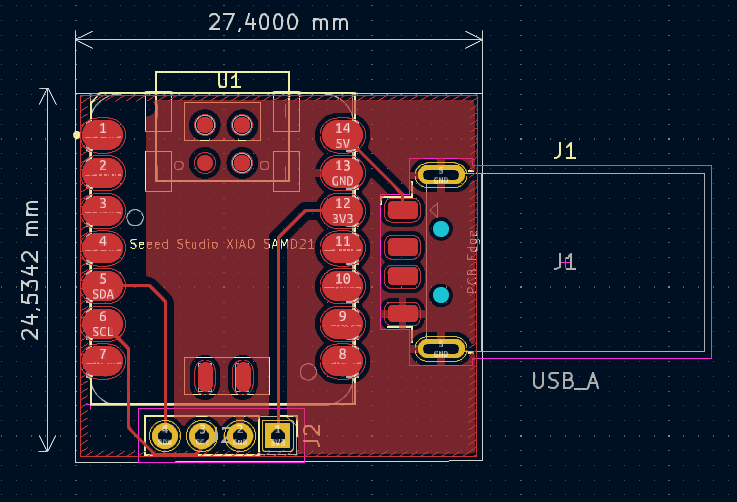 USB Thermometer project, a ESP32-C6 based WiFi thermometer. The temperatrue and humidity sensor is AHT10. USB Thermometer project, a ESP32-C6 based WiFi thermometer. The temperatrue and humidity sensor is AHT10. | 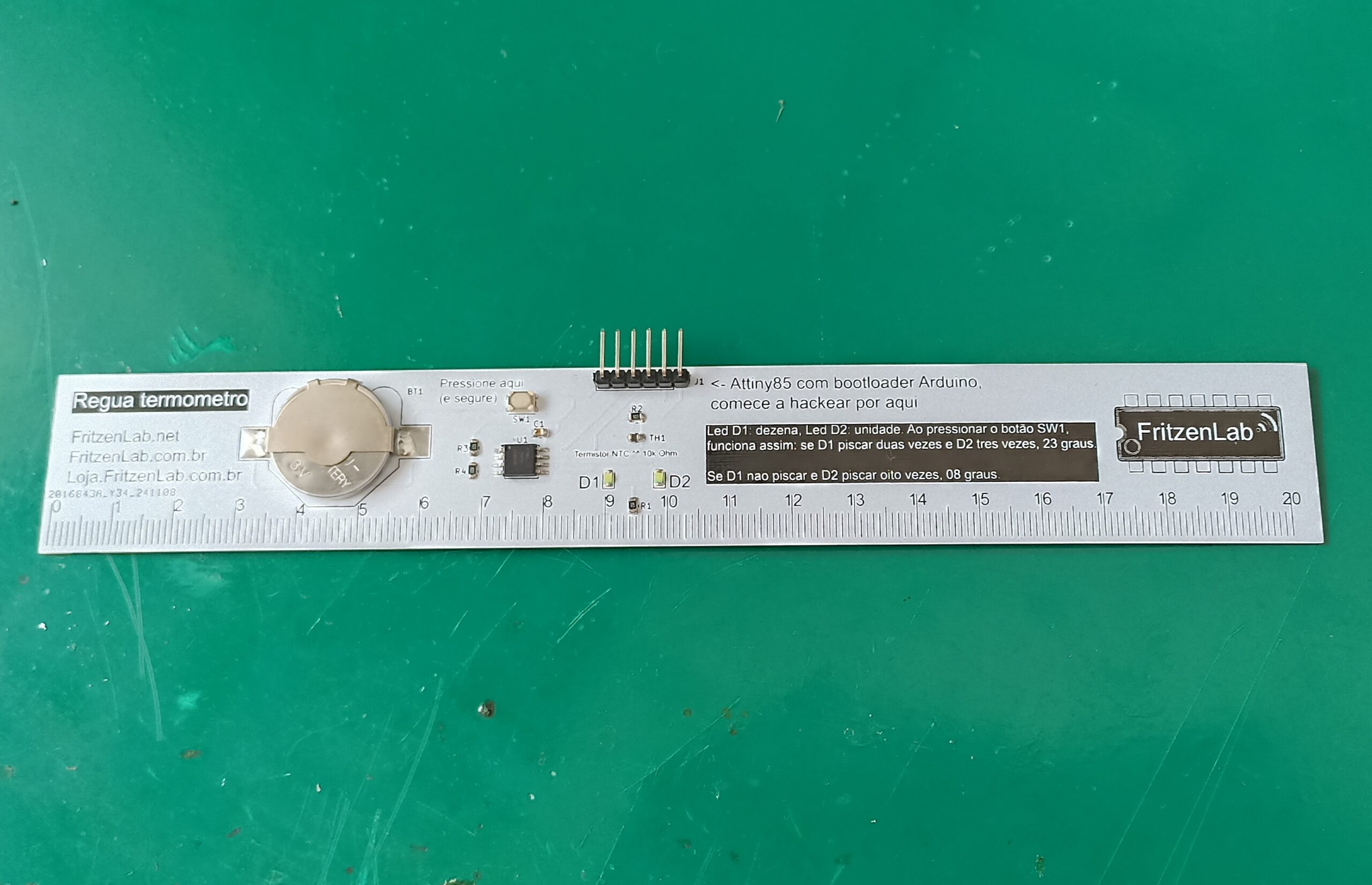 A thermometer ruler made out of PCB, showing temperature in degrees Celsius via two LEDs. |
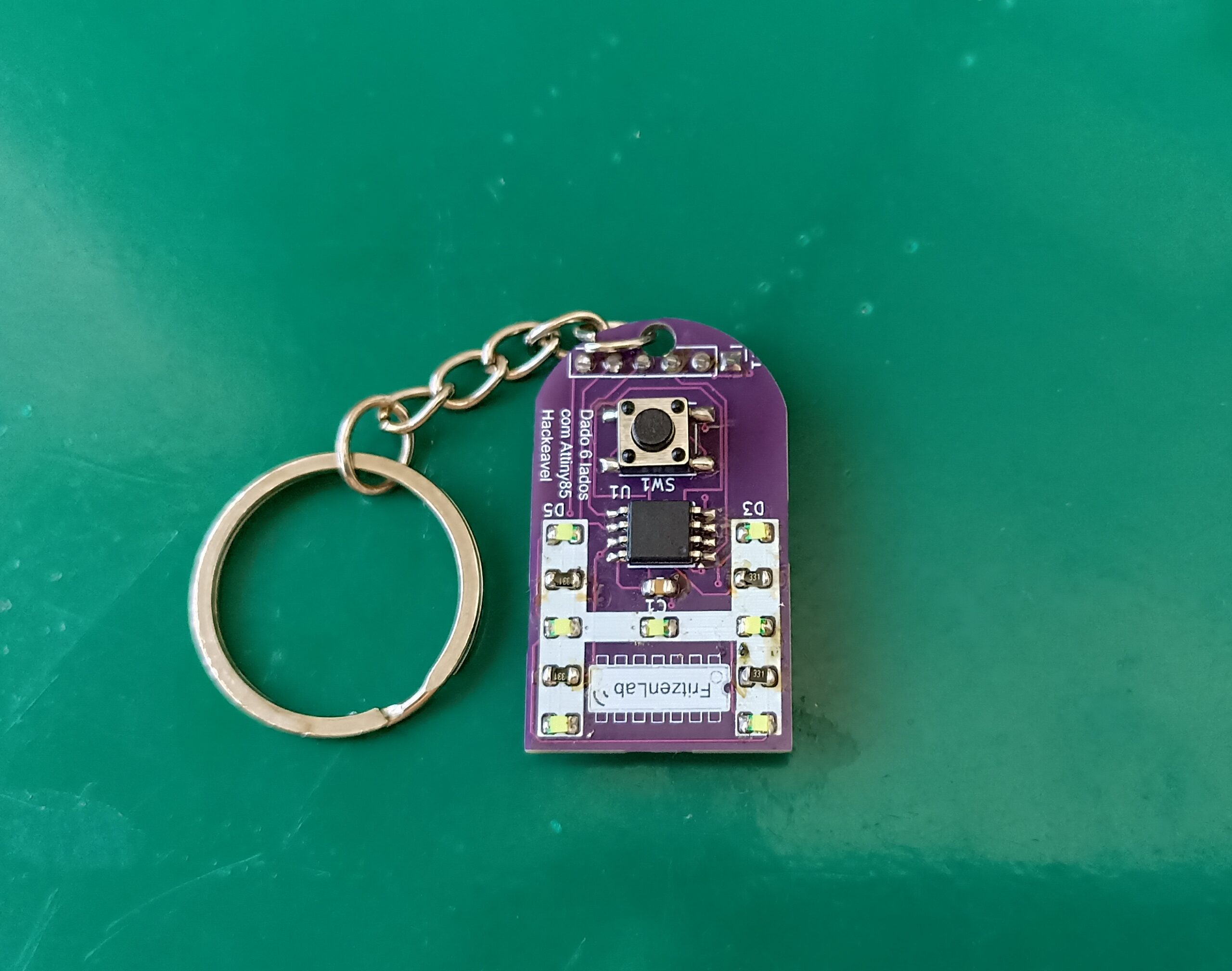 An electronic dice in keychain format, sorting number between 1 and 6 for every button press. | 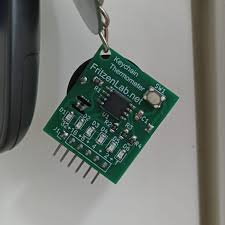 A keychain which is a thermometer in degrees Celsius, with binary display. CR2032 battery and push button to turn it on. A keychain which is a thermometer in degrees Celsius, with binary display. CR2032 battery and push button to turn it on. |
What does every circuit board do?

The keypad with 10 buttons is a board whose function is to use only one analog input to read 10 push buttons. Each button has a different resistor value, which forms a resistive divider with a fixed 10k resistor. It can be used at both 3.3V and 5V.

The development board for PIC16F690 contains an 8bit PIC, an LED and a connector for PICkit3 (for programming). It also contains a 20-pin connector for direct connection to the breadboard.

The astable blink Oscillator contains a 555 integrated circuit configured as astable, which makes an onboard LED blink, as well as an external load can be connected.

The timer circuit board contains a 555 integrated circuit, causing a time to be counted. It is configurable via a resistor and a capacitor. There is a connector for outputting the timed signal, to control loads (requires external transistor).

The PWM generator has a 555 integrated circuit, generating a signal with a fixed frequency (but configurable via resistor and capacitor) and variable period. It has a connector to control external loads.

The Fritzen Proto circuit board is compatible with Arduino UNO (it even uses the same bootloader) for mounting on a breadboard (all pins are on a single line). Requires external USB-serial converter.

A bicycle odometer using a ESP-12, reed switch and six LEDs to show speed in increments of 5km/h. It features the necessary program jumper and reset button for the ESP-12. The system is supplied by a single 3.7V lithium battery and has an onboard charge pump (HX4002) to regulate 3.3V.
The most complex ones

The WiFi development board has an ESP-12 ESP8266, reset button and in-line pins for connection to the breadboard. Requires external USB-serial converter for programming.

This business card-sized PCB contains a Raspberry Pi Pico W (with WiFi), a blue/yellow 0.96″ OLED display. It has 36 charlieplex LEDs (using only 7 Pi Pico pins) and a general purpose capacitive button.
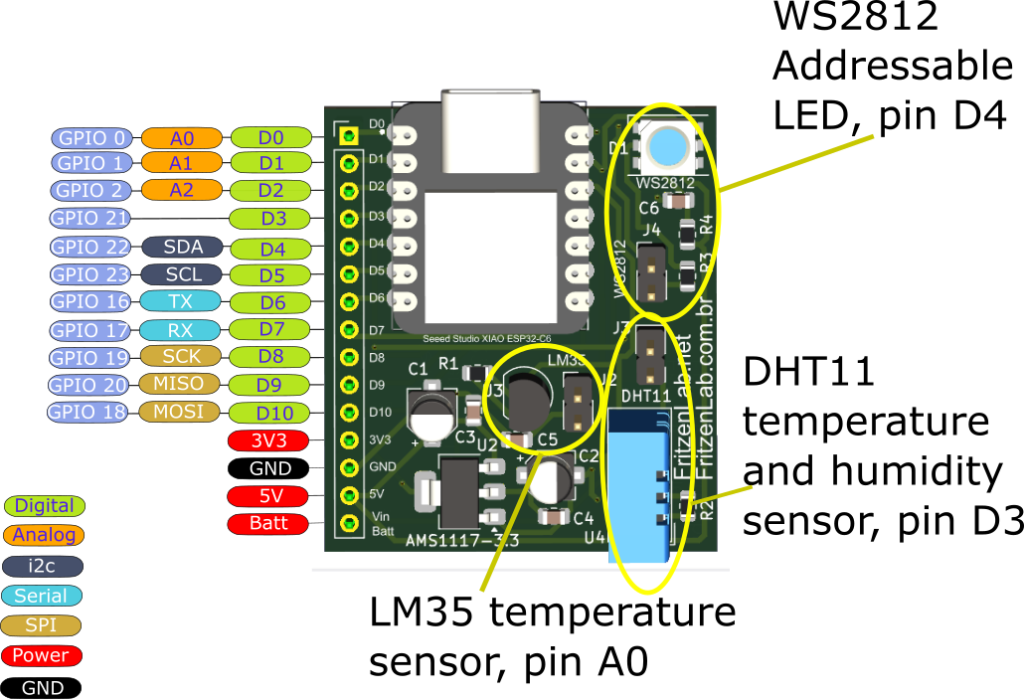
This small board has the brand new ESP32-C6 WiFi chip and can be connected directly to a breadboard (see image above). It also has a WS2812 addressable RGB LED, an LM35 temperature sensor and a DTH11 temperature/humidity sensor on board.
Final words
Do you have any special projects you want to do? Talk to me and we’ll analyze the possibility of making a sign. My “day job” is in electronic development, so I’m sure I can help you with your projects.
Of all the boards I created, the Fritzen Proto was the most “challenging”, due to the format I chose. Placing all the through-hole components (THT) within the width of the breadboard pin bar was a challenge, but I was successful. The project even appeared on the Hackaday blog.
The “coolest” ones are those with the 555 integrated circuit: timer, oscillator and PWM generator. They are very didactic and simple, easy to do. Comment below which of my circuit boards you like the most, let’s talk. Also if you want to buy any of the boards, shout me a message on LinkdIn.